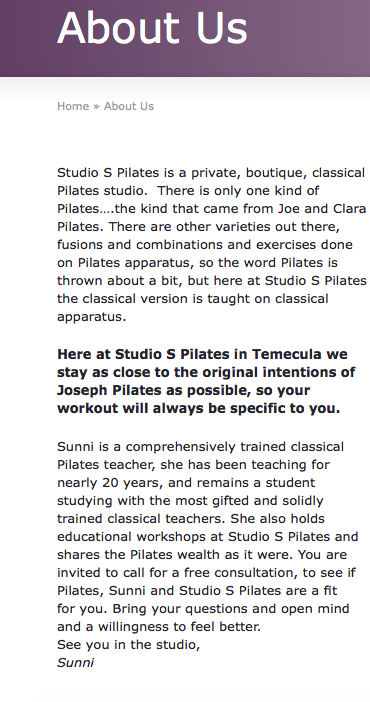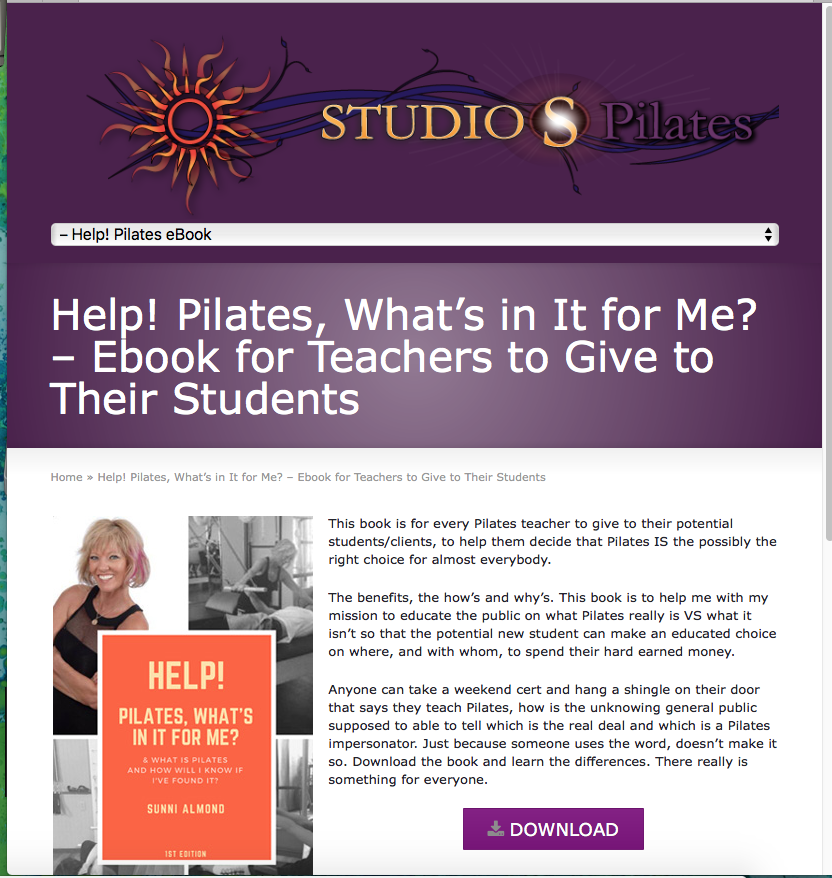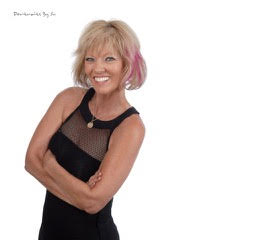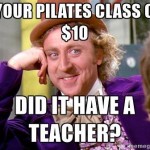May 10, 2017
Are We Being Lowballed Out Of Business?
by Sunni Almond
A Pilates group class generally costs between $10 and $45 while a private lesson can be had for anywhere between $50 and $250. Or for a few extra bucks added on to a monthly gym membership, Pilates mat classes can be had for just pennies.
But I think we all know that a ten-dollar class is most likely NOT Pilates. But what about the public?
If they are looking to experience Pilates without knowing much about it (except that it’s good for the “core” – whatever that means), how can they judge who to give their money to and how can they possibly explain the CrAzY differences in pricing? The average person probably thinks it’s about the abs or maybe the back, possibly both, but is this “core” going to understand the difference in the price?
You generally get what you pay for, so without dissing another teacher or style, I know innately that a $10 class isn’t going to have the same brilliance that a $45 class has. At the same time, a private lesson costing $250 better come with dinner and a movie, or maybe some Prosecco and a bit of fruit. I’m thinkin’ possibly a limo pick up and drop off as well (I mean really, $250. Really?).
We are almost ALL guilty of saying Pilates provides increased strength and flexibility, helps to ease muscle stiffness and creates smooth efficient movement – improving posture, balance and coordination. A lot of us say that Pilates gives a symmetrical workout that engages all the muscles – not just a few “showoff” muscles. We all say that Pilates helps in recovering from an injury.
What I am proposing is that we need to fine our uniqueness.
Since we depend on either word of mouth or Google AdWords etc. for our marketing and business, I want to suggest that before we rattle off the same list of benefits that everyone else uses about their Pilates studio and lessons, that we find a way to define ourselves individually. Pilates has different nuances and styles, different teacher training programs, different apparatuses, etc. We need to start to use those attributes as we define ourselves.
I think we need to go all-out educating the public. The Facebook forums and groups are filled with teachers and studio owners typing back and forth about filling their books and getting new clients, but with the new ‘clubs’ in town and their rock bottom prices, it’s getting challenging.
We can talk back and forth forever, but it does no good as far as educating the public.
My suggestion is to you who see things similarly – put a note on your Facebook or web page that is pinned to the top with a little blurb about you and your studio or style of teaching, where and how you were trained as a teacher … a little something that the “window shopper” can use to determine if a phone call to you is in order to answer a few questions. (Here is mine……)

Time for a musical reprieve – please enjoy Who Are You?
But let’s be real…. Everyone is NOT your client – you shouldn’t feel as if you need to be the “be all/end all” answer to everyone who calls, emails or questions you about Pilates. Instead, ponder over what demographic is your favorite? Star athletes? Regular folk just wanting some exercise? Working around aches and pains? Take your pick and start to use a strategy that steers your business towards them and them toward your business.
Be careful not to fall into the trap of thinking that being older means being weak, unfit or unstable. I’ve had people in their 80’s do a better roll up than someone half their age. If you are a younger teacher and people in their 50’s and 60’s seem ‘old’ to you, I suggest that you don’t put them all in the same bag and assign a certain geriatric workout. Be open to their ability to hang in a group class with the 30- and 40-year-olds.
Another aid to differentiating yourself in the Pilates world is to have available in your studio a handout for potential new clients that talks about you and your vision as a teacher. Think about these points:
- What’s your teaching superpower?
- Explain how you teach.
- Inform where you have studied.
- Give an idea of the quality of your equipment you have.
Remember to show off your charm, but no hard selling. Separate yourself from the others without bagging on others – that is never a great tactic. The others are our competition, but unless you explain who YOU are and what you offer, how will anyone know?
If you want to have something on the ready, here is little eBook I wrote (first attempt at this, so no judgement, it’s harder than it looks). Feel free to download HERE, attach it to your website, newsletter, Facebook page. ….

Who YOU are can evolve as you learn more and travel your personal journey as a Pilates teacher. Oh, and not ironically, adding to your toolbox makes you more valuable as a teacher, so remember, all strategies above require frequent updates.
Because I’m getting ‘up there’ trying to figure out Instagram and other marketing tools to keep ‘in the game’ I’ve decided to brazenly pimp myself out. I have started to differentiate myself more by giving workshops about “Going More Joe” for contemporary teachers that want to know more about classical/authentic work without ditching the fantastic knowledge they have and re-certifying or changing out all their apparatus. I help to add to their toolbox more of what the original intention of Pilates is all about …always keep learning.
If you are a contemporary teacher, and would like to consider Going More Joe and adding some classical/authentic work to your toolbox, please feel free to mosey on over to my Facebook Group, GMJ.
 Sunni (here with Brett) is owner of Studio S Pilates in Temecula, California, which has recently hosted a few great Classical teachers, such as Alisa Wyatt, Jennifer Kries and Andrea Maida, and has some more workshops and goodies in the works for the rest of the year.
Sunni (here with Brett) is owner of Studio S Pilates in Temecula, California, which has recently hosted a few great Classical teachers, such as Alisa Wyatt, Jennifer Kries and Andrea Maida, and has some more workshops and goodies in the works for the rest of the year.
